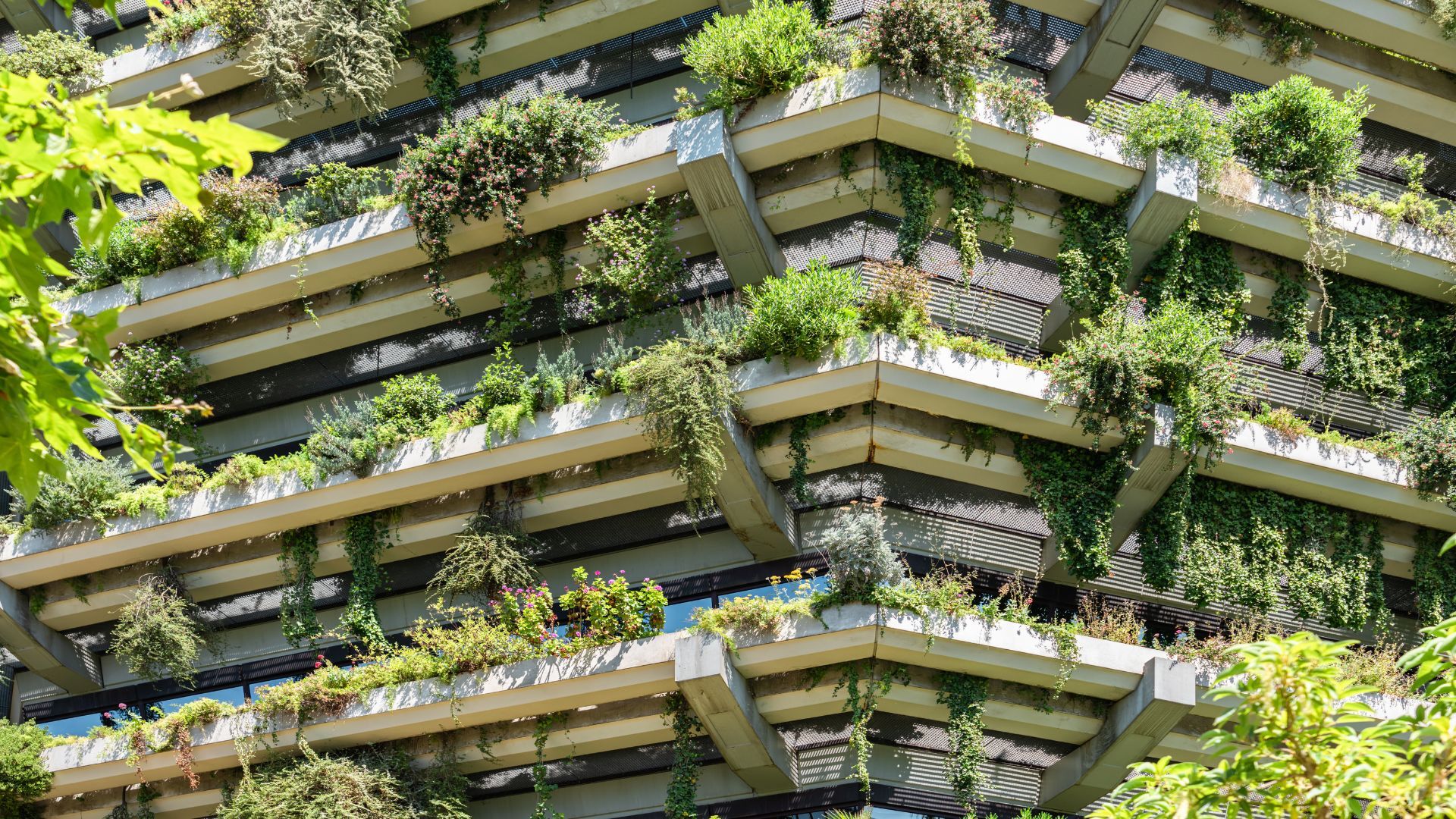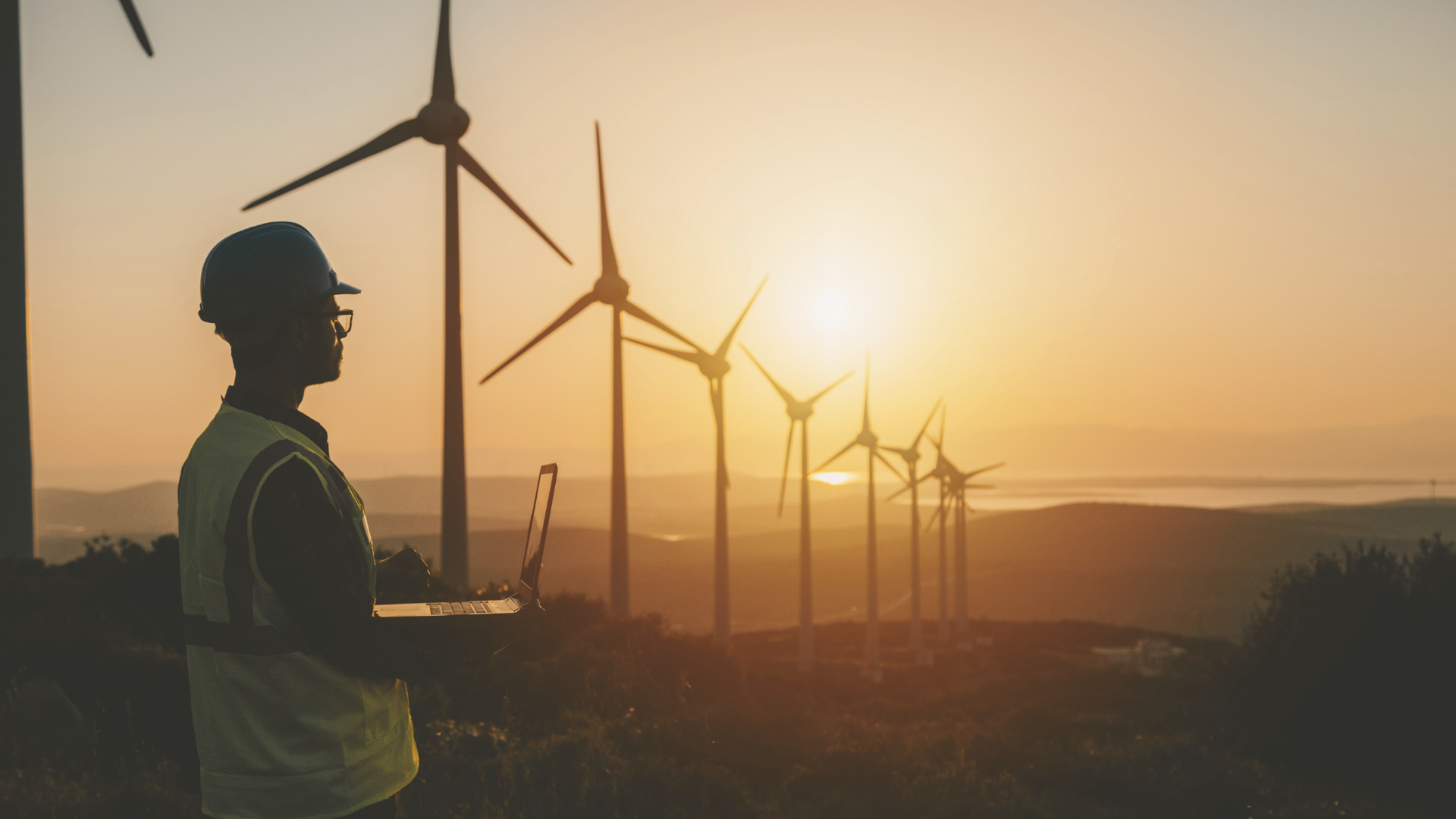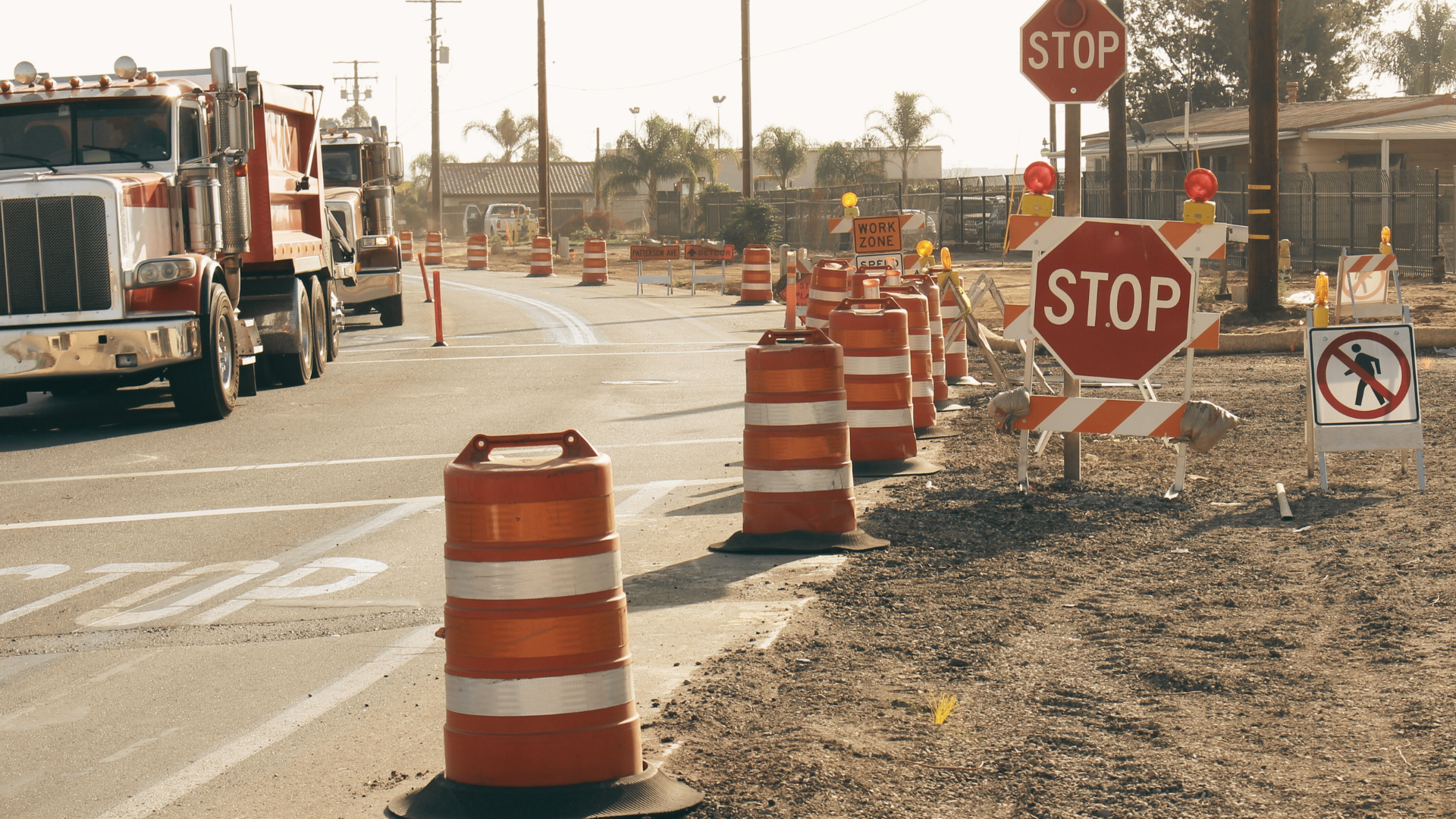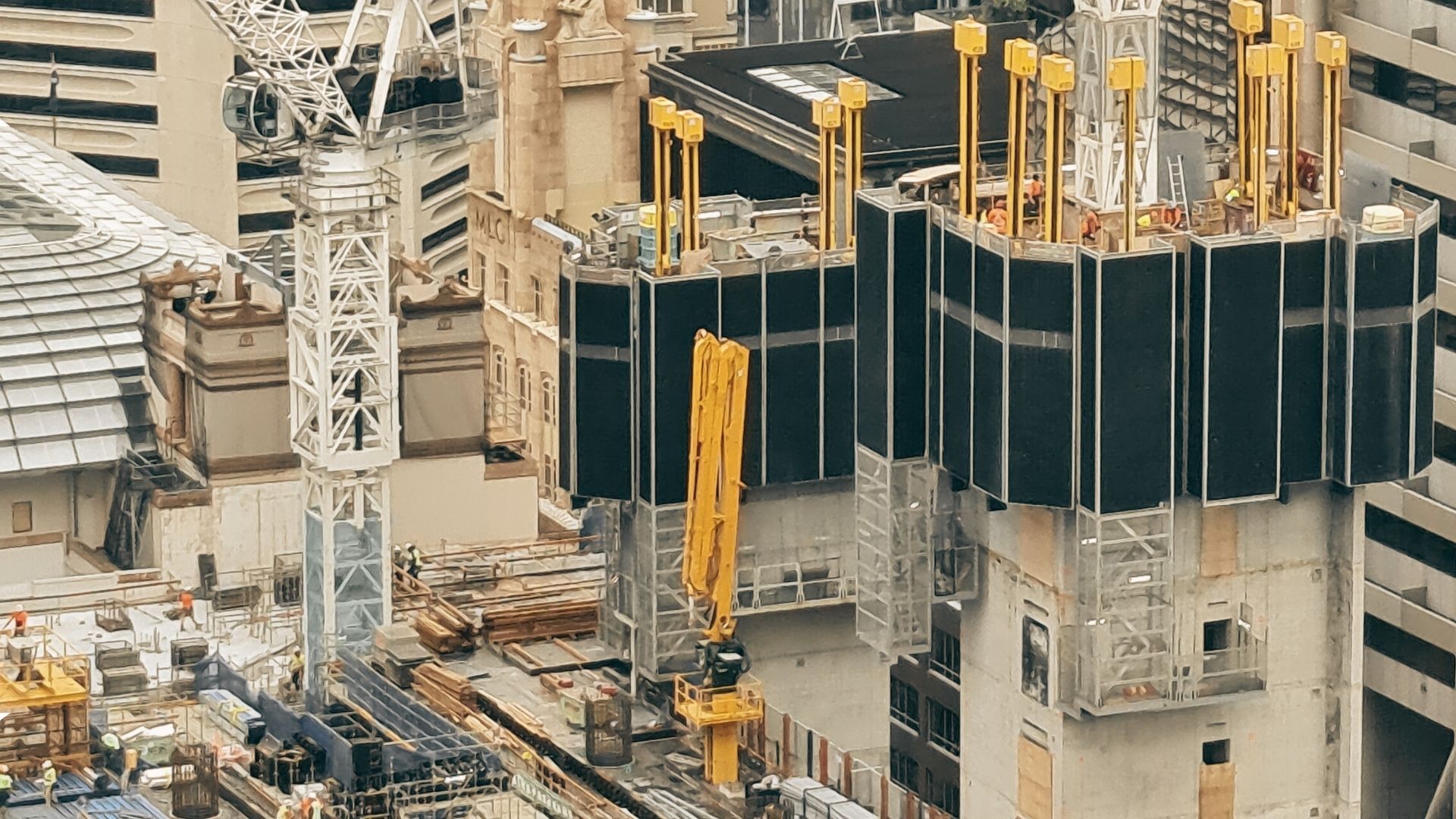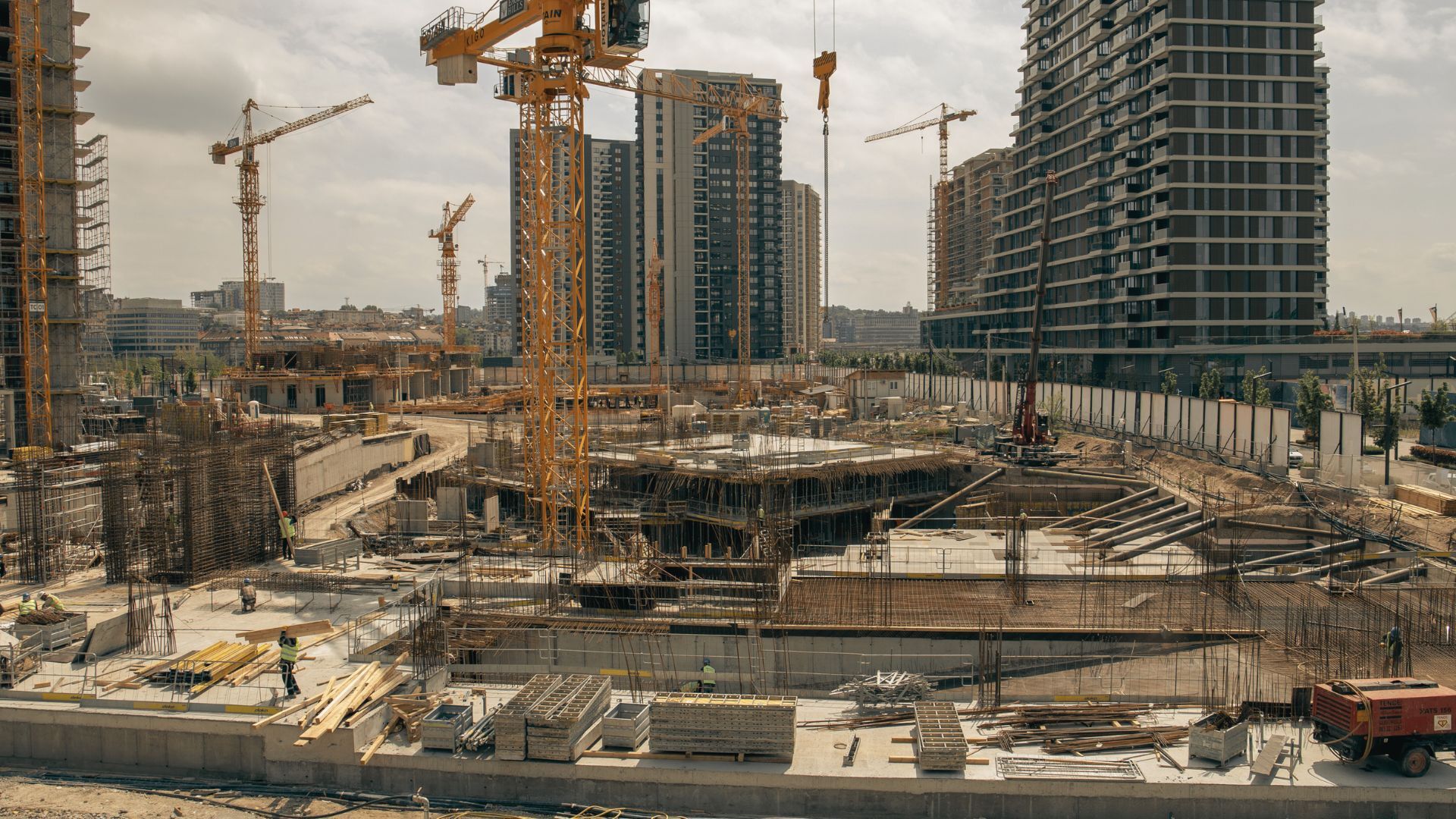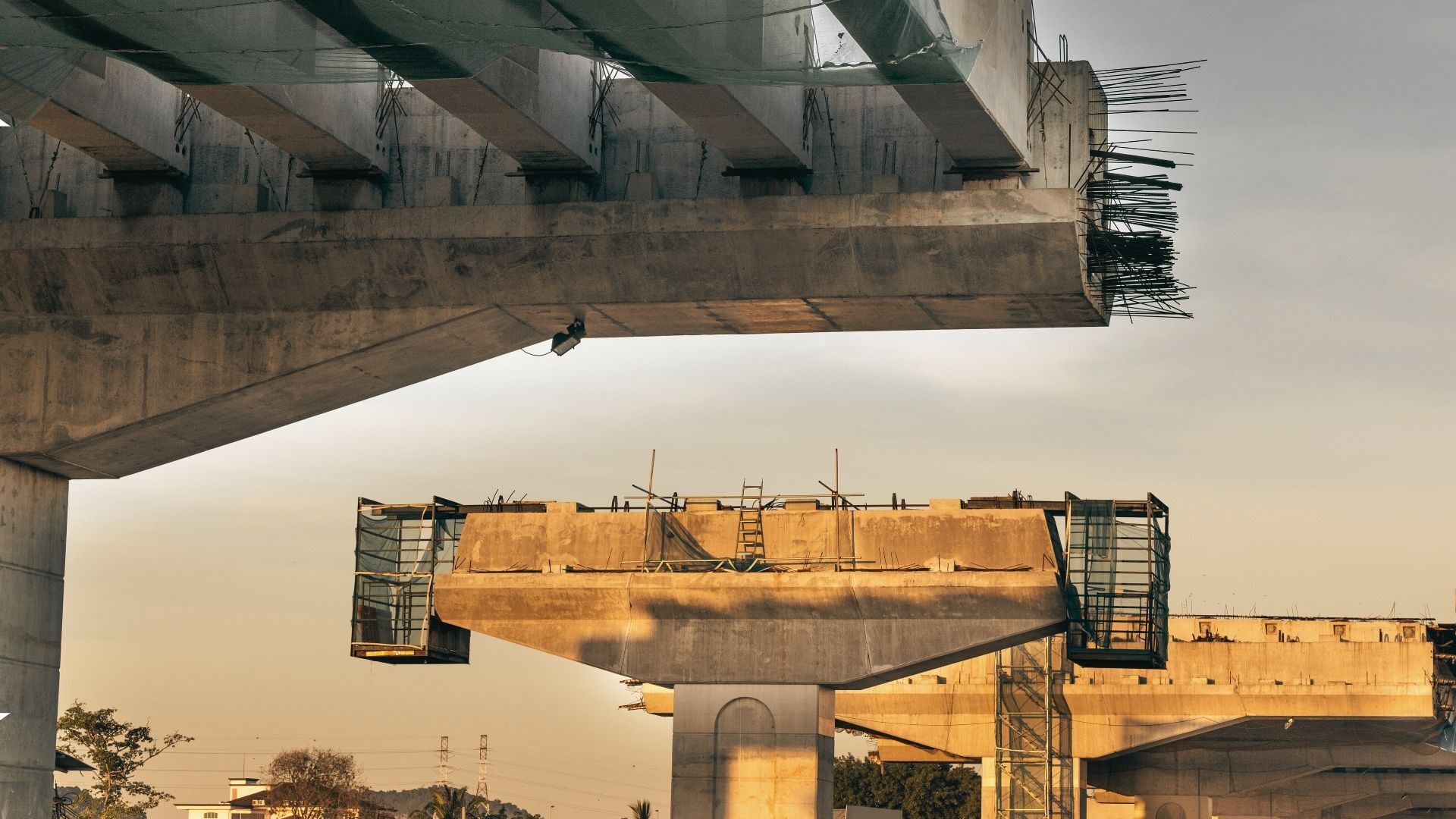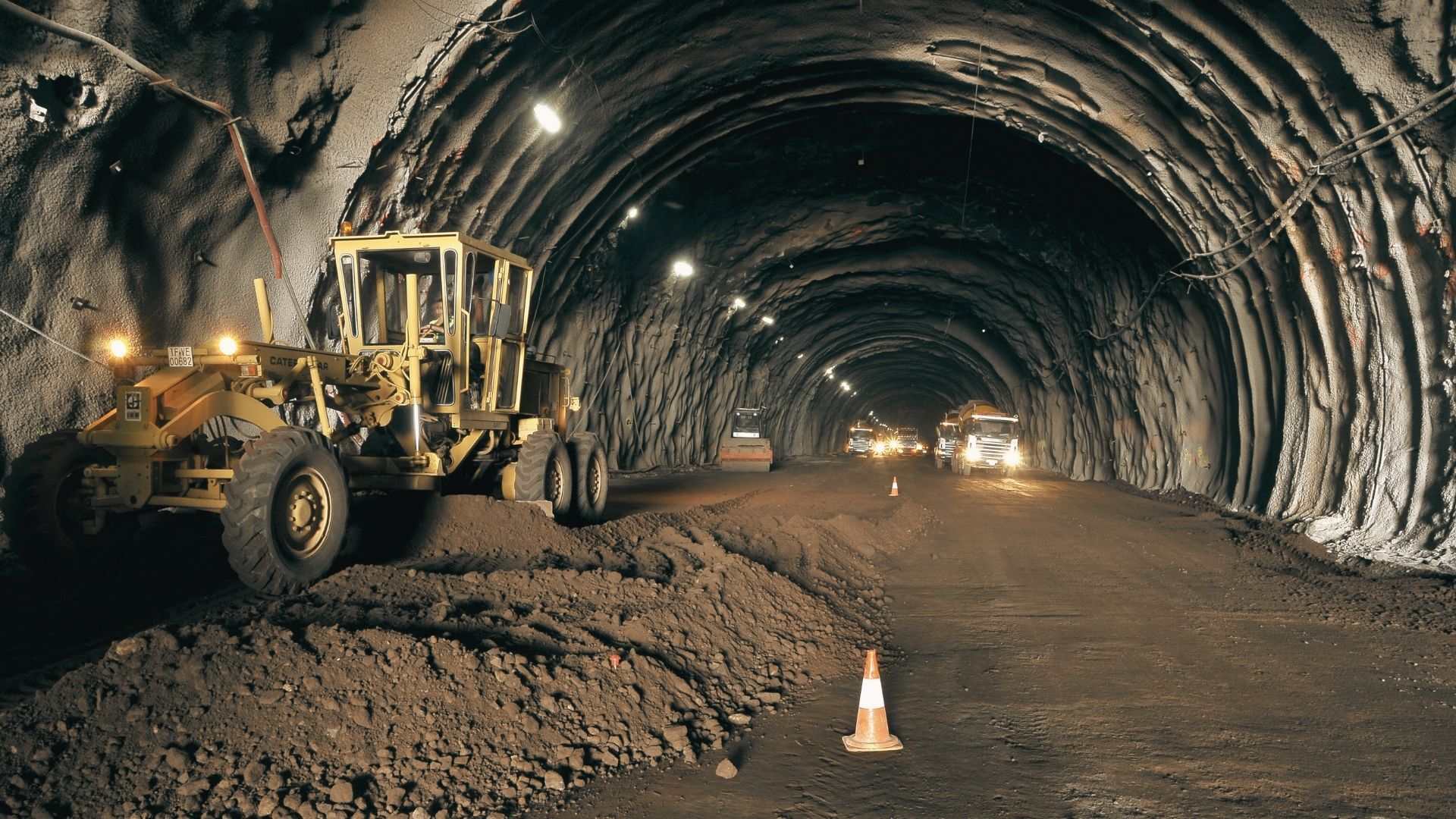The “New PPP”, Power, Pipes and Progress
Key transport projects, including the Western Harbour Tunnel and the Great Western Highway upgrade are reaching significant milestones, while the ambitious Newcastle-Sydney high-speed rail progresses towards formal development subject to Federal Government funding [13, 8, 5].
Concurrently, the state is advancing critical energy infrastructure, with tender shortlists announced for the New England Renewable Energy Zone (REZ) and substantial progress on the HumeLink transmission upgrade [12, 15].
However, the renewable energy pipeline is set against a backdrop of market pressures. Analysis indicates the National Electricity Market (NEM) faces challenges in meeting its 2030 renewable energy targets, requiring an unprecedented rate of construction [10]. Separately, rapid housing development in areas like the City of Ryde is creating an infrastructure deficit, prompting calls for greater state investment to ensure community liveability and manage development risk [4].
Major Transport & Water Infrastructure Pipeline Gains Momentum
Significant capital is being deployed across major transport and water infrastructure in NSW, with several key projects advancing.
In Sydney, the Western Harbour Tunnel is progressing towards its final tunnelling stage, with crews completing the massive underground caverns at Birchgrove that will launch two of the Southern Hemisphere's largest Tunnel Boring Machines (TBMs’) [13]. The project, which will remain a public asset, is on track for a 2028 opening and is expected to support 7,000 jobs over the life of its construction [13].
In regional NSW, the $232 million Coxs River Road upgrade on the Great Western Highway is now complete, delivering a 2.4-kilometre, four-lane section designed to improve connectivity between Sydney and the Central West [3, 8]. This project highlighted a focus on regional economic benefits, with 30% of the workforce sourced from local government areas and materials procured from Lithgow and Oberon [8].
Looking ahead, the Newcastle-Sydney high-speed rail project has received endorsement from Infrastructure Australia for its development phase [5, 7]. While the state government has welcomed the project, it has also indicated that its financial commitment is conditional on substantial federal funding [7]. The Property Council of Australia has stressed that the project's success is contingent on integrated planning that aligns housing supply, workforce development, and infrastructure sequencing from the outset [9].
In parallel, Sydney Water has commenced the next stage of its $2 billion-plus Upper South Creek Networks Program in Western Sydney, a project set to support over 143,000 new dwellings by 2056 [2]. The program utilises a collaborative "delivery partner model" to manage the construction of over 115 kilometres of wastewater pipelines and 11 pumping stations, demonstrating a procurement approach focused on efficiency and local industry participation [2].
Regional Growth and the Infrastructure Deficit
The relationship between housing growth and infrastructure provision remains a central issue for the NSW construction sector. The City of Ryde, having exceeded its state-mandated housing target by nearly 1,000 homes, is now formally calling on the NSW Government for significant capital investment to address a resulting infrastructure deficit [4]. Councillors argue that without commensurate investment in services and amenities, the current housing delivery risks creating future liveability issues [4]. This situation highlights the commercial and planning risks for developers operating in high-growth areas where essential infrastructure lags behind residential construction.
In contrast, other regional areas are seeing proactive government investment to facilitate planned growth. In Gilgandra, the state government is investing $17.8 million of a total $20 million project to build a new sewage treatment plant [11]. The new facility, which replaces a 60-year-old plant, is explicitly designed to support anticipated population growth driven by the Inland Rail and regional renewable energy opportunities [11]. This project, part of the state's Safe and Secure Water Program, signals a strategic approach to enabling economic development through foundational infrastructure upgrades.
This focus on local benefit is also evident in major road projects, where the completed Great Western Highway upgrade sourced materials locally and drew a significant portion of its workforce from the surrounding region [3, 8]. Similarly, tender requirements for the New England REZ explicitly mandate the use of local supply chains and job creation, reinforcing the role of major projects in stimulating regional economies [6, 12].
The Energy Transition: Grid Modernisation and Workforce Development
NSW is advancing critical infrastructure to support the energy transition, though analysis suggests the scale of the task is immense.
The tender process for the network operator of the New England REZ has been narrowed to three international and Australian consortia, including Future Energy Networks, NewLeaf Energy, and Verta Energy [6, 12]. The project, overseen by EnergyCo, will unlock up to 12 GW of renewable generation and requires the successful bidder to demonstrate a strong commitment to regional job creation and local supply chain use [12].
This is complemented by progress on HumeLink, one of Australia’s largest transmission upgrades, which involves constructing 365 kilometres of new 500kV lines to integrate power from sources like Snowy 2.0 [15]. The project's scale requires innovative supply solutions, such as Holcim’s use of mobile concrete batching plants in difficult terrain [15].
However, the broader energy transition faces challenges. Analysis of the National Electricity Market (NEM) indicates that to meet the 82% renewables target by 2030, approximately 24.3 GW of new wind capacity must commence construction within the next 24 months [10]. This represents a monthly construction rate far exceeding historical highs, with projections suggesting the 82% target is more likely to be achieved by 2037 [10].
The analysis identifies NSW as particularly exposed due to the scheduled retirement of 15 GW of coal-fired power plants [10]. In a bid to expedite progress and in response to the growing need for specialised skills, the NSW and Federal Governments have launched a $2.5 million mobile training fleet to deliver hands-on training in solar, wind, and electric vehicle technologies across regional and metropolitan areas [1].
Final Thoughts
The progress on landmark infrastructure projects offers a stable outlook for contractors and the supply chain, while the state's commitment to the energy transition creates new, specialised opportunities.
However, execution risks remain. The challenge of delivering renewable energy infrastructure at the required pace, coupled with workforce skill shortages and rising costs, will test the industry's capacity [10, 1]. Furthermore, the growing misalignment between housing supply and supporting infrastructure in key growth corridors presents a critical planning challenge that requires a more integrated approach from all levels of government [4, 9].
For industry participants, the opportunity lies in positioning early within this convergence of transport, energy, and urban infrastructure investment. Those able to navigate complex procurement frameworks, leverage local supply chains, and integrate social and environmental outcomes into delivery will be best placed to capitalise on NSW’s next infrastructure cycle.
- Australian Manufacturing | by Kate B. (7 November 2025). $2.5M mobile training fleet to deliver clean energy, manufacturing skills across NSW. https://www.australianmanufacturing.com.au/2-5m-mobile-training-fleet-to-deliver-clean-energy-manufacturing-skills-across-nsw/
- Trade Earthmovers (7 November 2025). $2 billion Sydney wastewater network program starts next stage. https://www.tradeearthmovers.com.au/2-billion-sydney-wastewater-network-program-starts-next-stage/
- Big Rigs | by Staff Writer (7 November 2025). Finishing touches of $232 million Great Western Highway upgrade now complete. https://bigrigs.com.au/2025/11/07/finishing-touches-of-232-million-great-western-highway-upgrade-now-complete/?cspt=1762899372|bb640dea5772c5ab53d3656c4db47bfb
- The North Shore Lorikeet | by North Shore Lorikeet (7 November 2025). Infrastructure, infrastructure, infrastructure: City of Ryde calls for more as it surpasses housing targets. https://www.northshorelorikeet.com.au/p/infrastructure-infrastructure-infrastructure-city-of-ryde-calls-for-more-as-it-surpasses-housing-tar
- By Rod Thompson. (6 November 2025). Infrastructure Australia endorses development phase of Newcastle-Sydney high-speed rail network. https://newcastleweekly.com.au/infrastructure-australia-endorses-development-phase-of-newcastle-sydney-high-speed-rail-network/
- Renew Economy (6 November 2025). Spanish wind and French nuclear heavyweights still in the running to build New England REZ. https://reneweconomy.com.au/spanish-wind-and-french-nuclear-heavyweights-still-in-the-running-to-build-new-england-rez/
- Brisbane Times | by Matt O'Sullivan (6 November 2025). Staged build of high-speed train line from Newcastle to Sydney revealed. https://www.brisbanetimes.com.au/national/nsw/staged-build-of-high-speed-train-line-from-newcastle-to-sydney-revealed-20251105-p5n831.html
- By Chris Edwards (6 November 2025). Great Western Highway upgrade at Little Hartley now complete. https://www.fullyloaded.com.au/great-western-highway-upgrade/
- Property Council of Australia (6 November 2025). Hunter/Central Coast Ready to Lead Next Stage of High-Speed Rail. https://www.propertycouncil.com.au/media-releases/hunter-central-coast-ready-to-lead-next-stage-of-high-speed-rail
- WattClarity | by David Dixon (6 November 2025). 24 GW in 24 months, a race against time for the NEM. https://wattclarity.com.au/articles/2025/11/24-gw-in-24-months-a-race-against-time-for-the-nem/
- The Gilgandra Weekly (12 November 2025). Gilgandra’s $20 million sewer treatment plant. https://www.gilgandraweekly.com.au/gilgandra-s-usd20-million-sewer-treatment-plant-2025-11-12
- PV Magazine | by EnergyCo (10 November 2025). New England REZ network operator tender shortlist announced. https://www.pv-magazine-australia.com/press-releases/new-england-rez-network-operator-tender-shortlist-announced/
- Felix Project | by Monica Gameng (10 November 2025). Delivery of Western Harbour Tunnel in NSW continues to progress. https://www.felix.net/project-news/delivery-of-western-harbour-tunnel-in-nsw-continues-to-progress
- Harvey-Waroona Reporter | by Simone Grogan (10 November 2025). Privately-owned iron ore rail builder Pilbara Rail Maintenance set to snare $180m deal with Italy’s Salcef. https://www.harveyreporter.com.au/business/mergers-and-acquisitions/privately-owned-iron-ore-rail-builder-pilbara-rail-maintenance-set-to-snare-180m-deal-with-italys-salcef--c-20629548?utm_source=csp&utm_medium=portal&utm_campaign=Streem&token=yVP1cuMExBx0YBZwQuPbGpz9MFZ1l3MZb0uscLWFx6Qzqws6ihyZ9k2dwHEqX%2FSX8W52UVmmuTvO99v8e14AiQ%3D%3D
- By Daniel Williamson (10 November 2025). Holcim set to deliver Australia’s largest transmission upgrades. https://www.quarrymagazine.com/holcim-set-to-deliver-australias-largest-transmission-upgrades/
The Pulse collates the latest news and opinions from third-party sources. Links, snippets or text are generated by an artificial intelligence engine. The Pulse aggregates news reports and does not claim to have copyright to the content. We have not fact-checked that content and cannot vouch for its accuracy or completeness. Nor do we endorse the opinions expressed by the authors or primary publishers. The content is provided as general information only and should not be relied on as a substitute for professional advice. You should contact the source to verify any factual content as well as taking specialist advice that takes your personal objectives and circumstances into account.
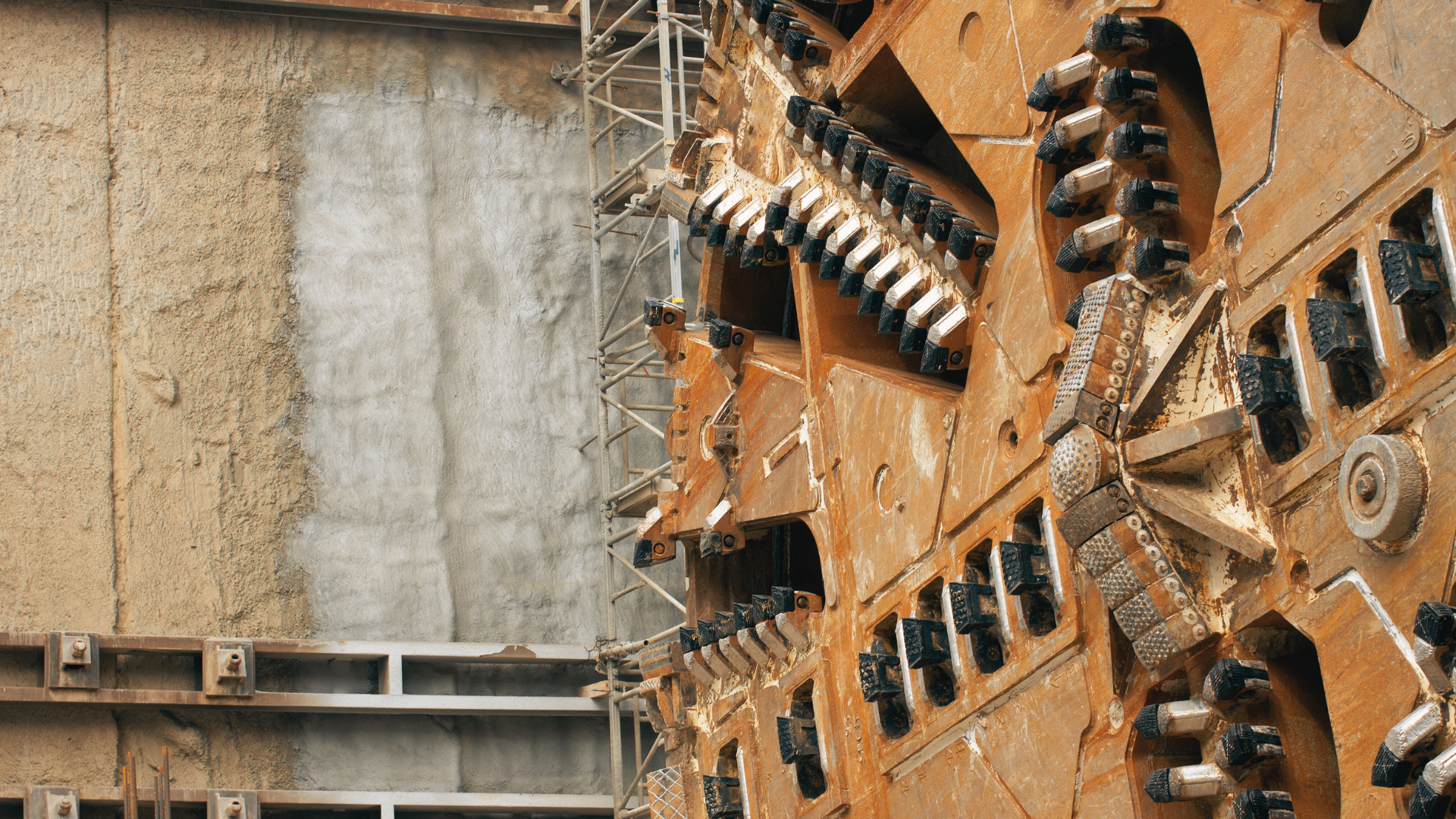

.png?width=1920&height=1080&name=Image%202%20(1).png)

.png)
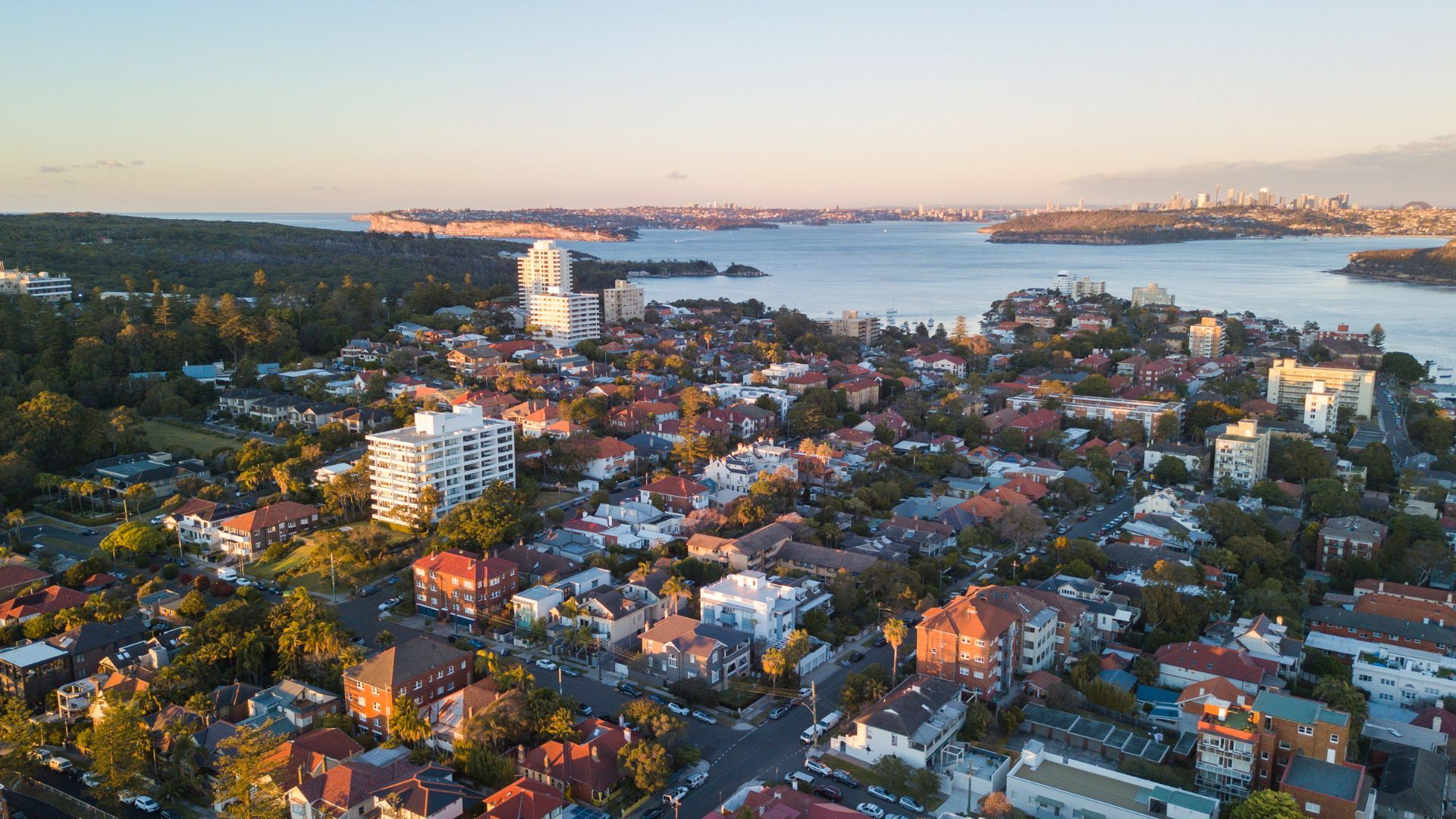
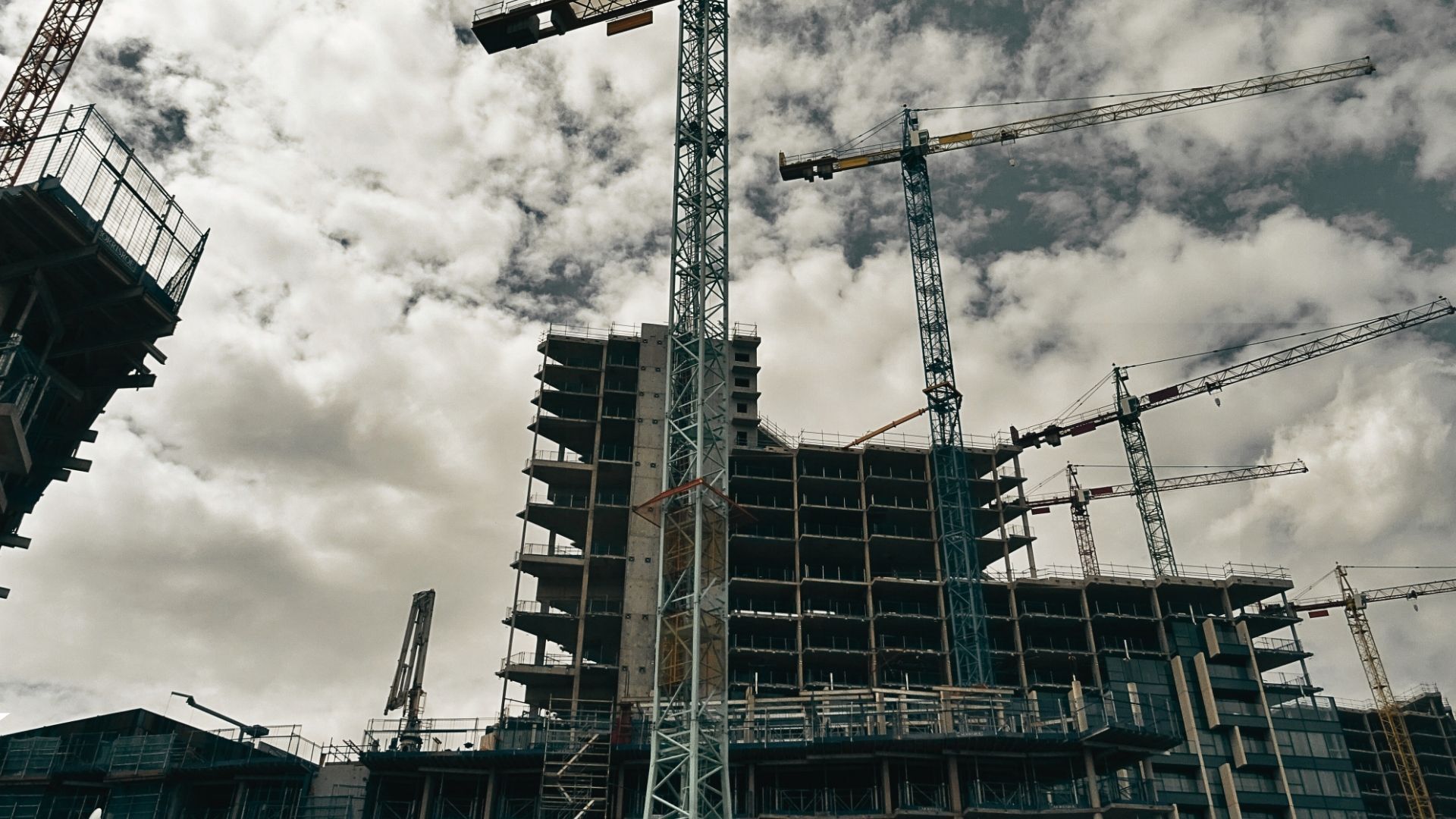
.jpg)
